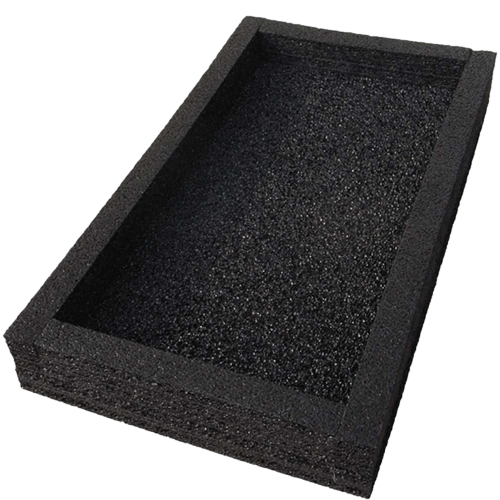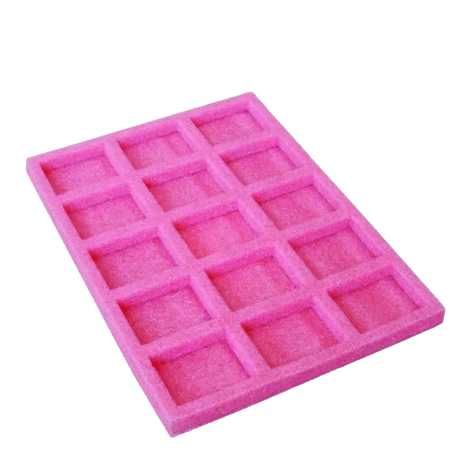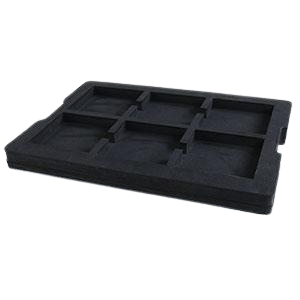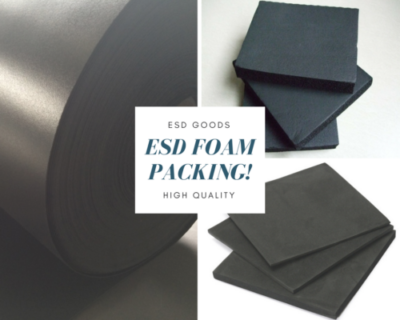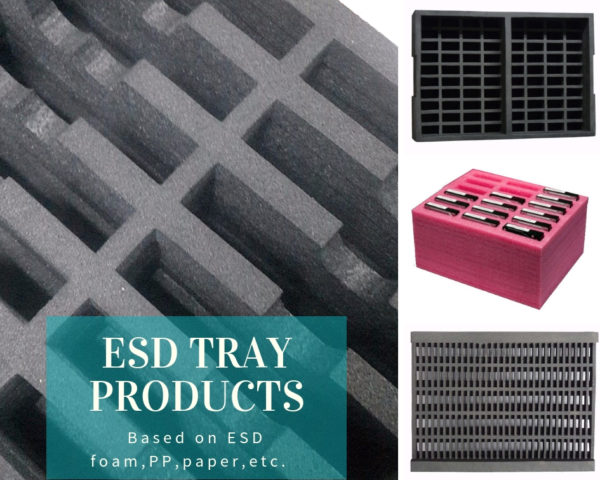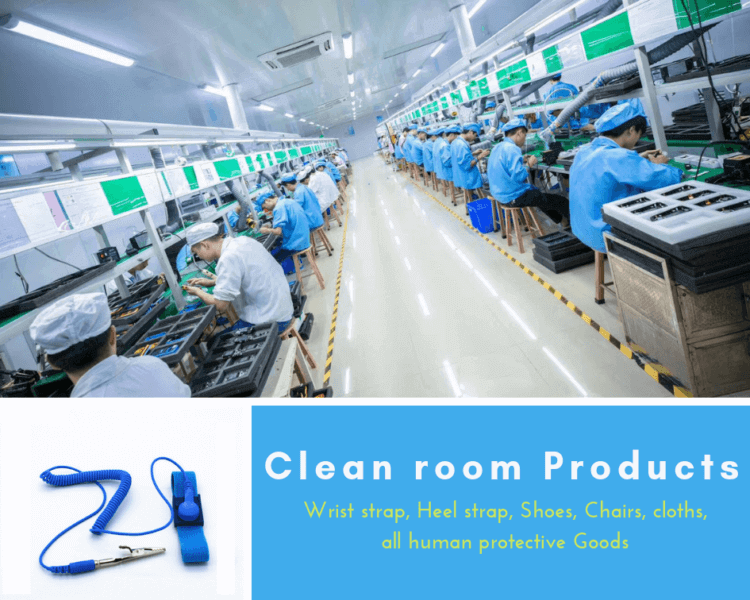Conductive Foam vs Anti Static Foam vs Static Dissipative Foam – ESD Goods
ESDGoods foam is specifically designed to provide optimal protection for electronic parts and static-sensitive components across various applications. Recognizing the diverse requirements of different foam products, we offer a range of foam types to cater to our customers’ specific needs. These include conductive foam, anti-static foam, and static dissipative foam. Now, let’s explore the characteristics and benefits of each foam type.
What is Conductive Foam?
Conductive foam is engineered to effectively conductive electricity and prevent the buildup of electrostatic charges. It offers a low-resistance pathway for the safe discharge of static energy. Conductive foam is ideal for applications where rapid and complete static dissipation is crucial, such as in the handling and transportation of sensitive electronic components.
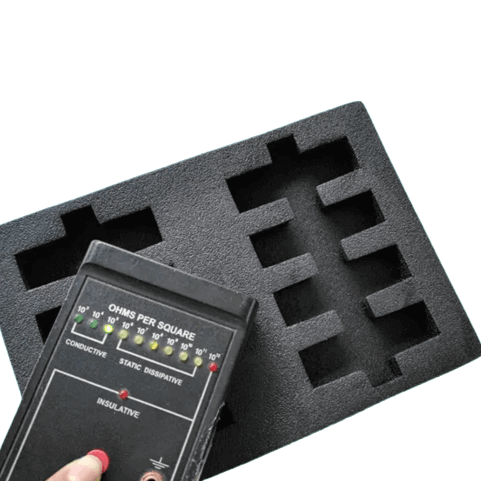
What is Anti Static Foam?
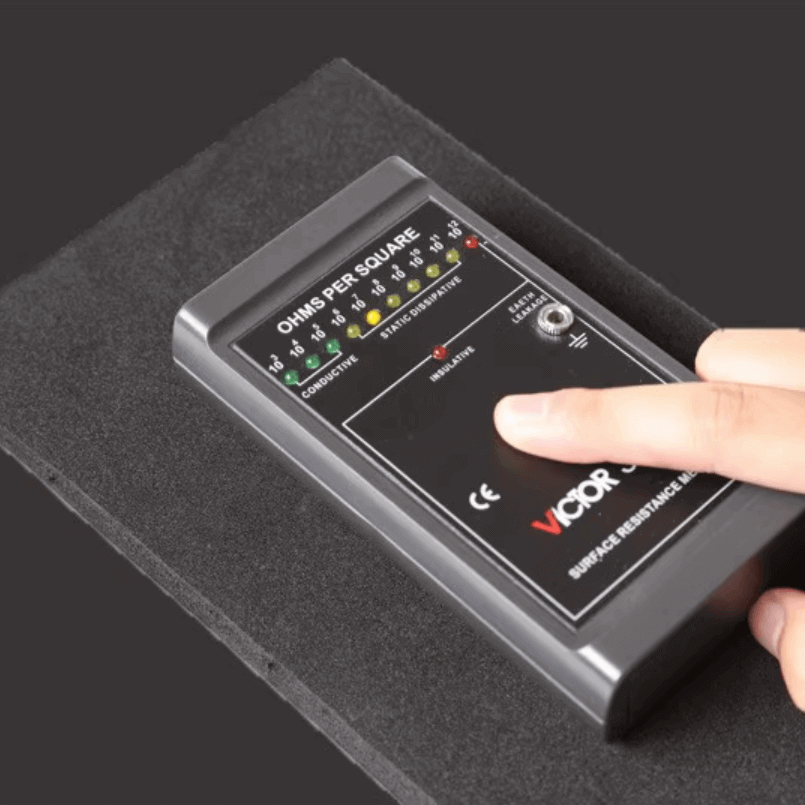
Anti-static foam is designed to minimize the generation and accumulation of static charges. It provides a controlled level of static protection, reducing the risk of damage to sensitive electronics. Anti-static foam is commonly used in environments where a moderate level of static control is required, such as in packaging, storage, and shipping of electronic devices.
What does Static Dissipative Foam?
Static dissipative foam is a polyethylene foam with static dissipative function.which is permanent, and has a lower carbon content than conductive foam. Usually we use anti static foam for static dissipative instead. Or you need it quicker charges transfer, seldom called static dissipative foam in China
Base material of Conductive Foam vs anti static foam vs static dissipative foam
The three types of foams, namely conductive foam, anti-static foam, and static dissipative foam, are all based on various foam materials such as PE foam, PU foam, EVA foam and EPE foam. The choice of foam material depends on the specific requirements of the electronics component being protected. Additionally, each foam type incorporates a different percentage of carbon additives into the polymer mix during the manufacturing process. This deliberate carbon addition enhances the foam’s conductivity, enabling the flow of electric current through the cell structure of the foam and effectively redirecting it away from the sensitive electronic component.
Foam packaging advantages:
- General shock absorption.
- Ultra superior shielding effect.
- Good electrical conductivity.
- Pin insertion of components.
- Excellent resistance to compression characteristics.
- Excellent abrasion performance.
- High performance cycle life.
- Characteristics of high temperature applications.
- Chemical resistance.
- Customized inlays via die-cutting, cost-effective of die cut.
ESD Foam Applications:
Our foam is perfect for many applications. Common uses include automotive parts, electronics requiring hardware and sporting equipment that requires lightweight, buoyant material
Esdgoods foams can be made into foam trays, foam cushions, foam padding, foam inserts and other foam packaging designs for sensitive electronic equipment such as Mobile phone, Noise filter core, Cable tray, Shielded rooms.


